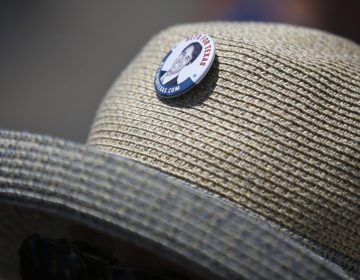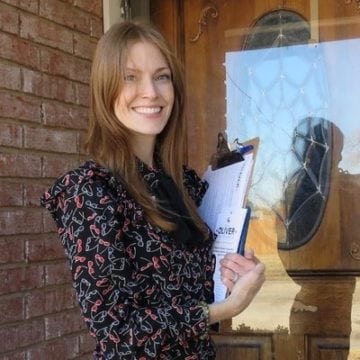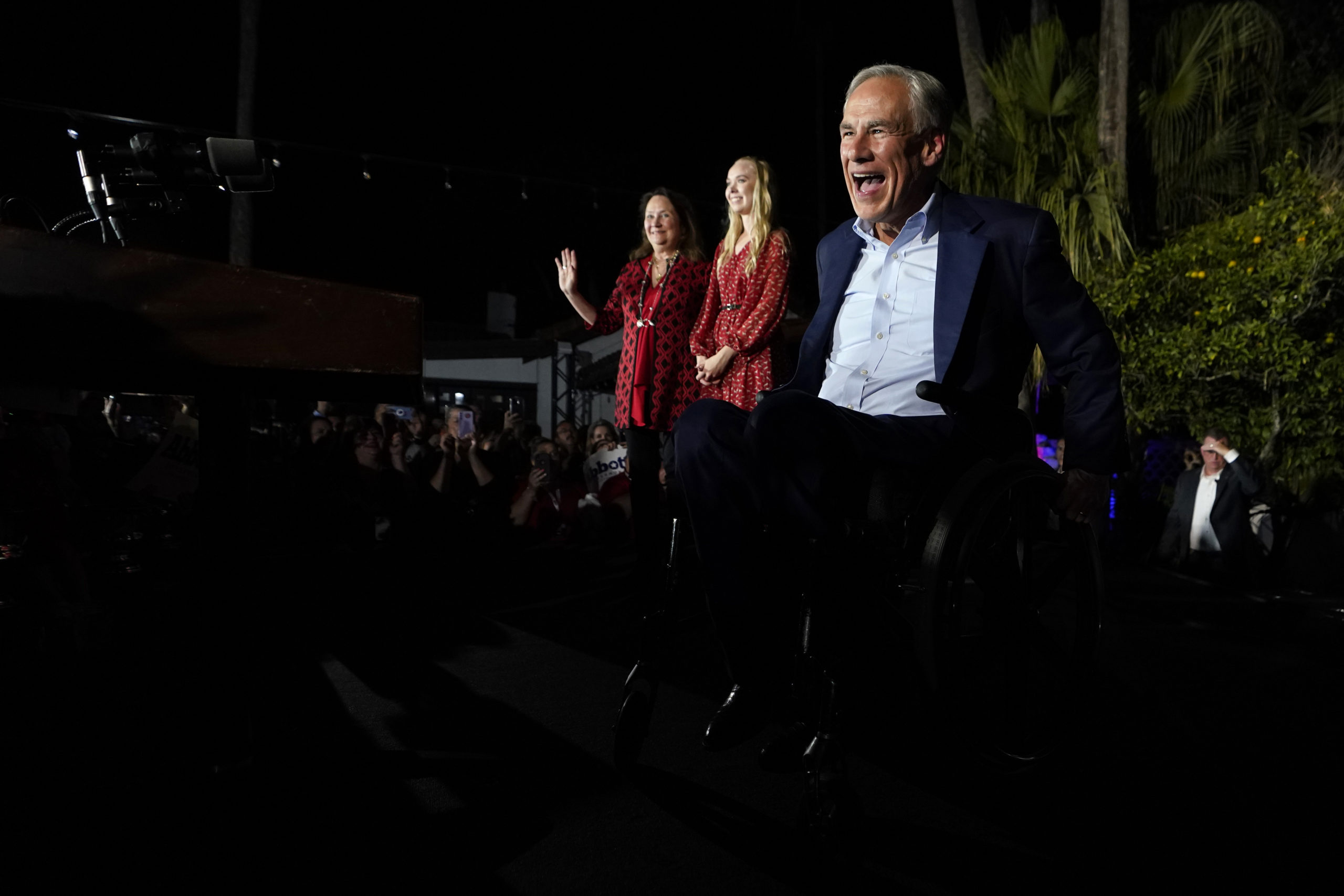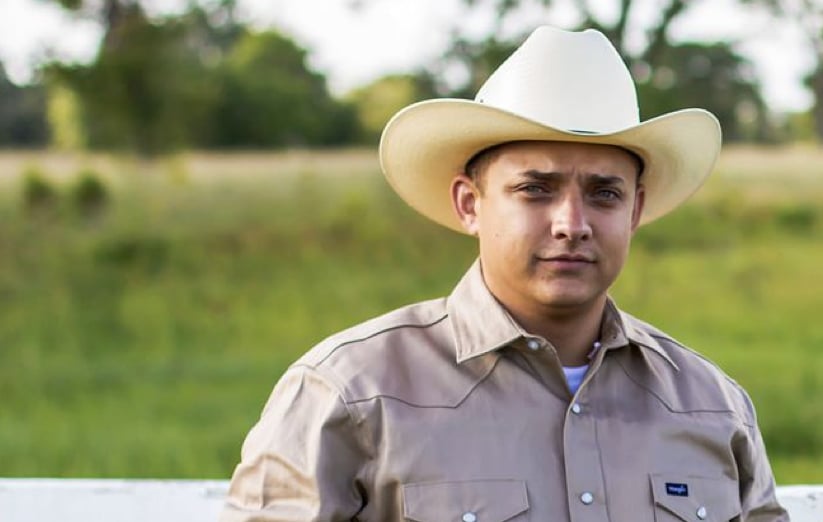
Is the Realm of Possibility Expanding for Texas Democrats Running for Congress?
From the swingiest seat to one of the most conservative, Democratic congressional challengers are raising big money — and big questions about the boundaries of a potential blue wave.

Above: Lizzie Pannill Fletcher, Beto O'Rourke
Halfway through the summer, Texas Democrats’ impressive fundraising efforts show no signs of cooling down. Beto O’Rourke has attracted the most attention with continuously eye-popping fundraising figures — he brought in $10.4 million in this last quarter alone, once again outpacing his opponent, Senator Ted Cruz.
But ignore the rest of the Democratic congressional candidates at your own peril. For the first time in 25 years, Texas Democrats are running in every one of the state’s 36 congressional districts. And the latest federal campaign finance reports, released Sunday, show these candidates are bringing in money at unprecedented paces and in unexpected places. Many Republican incumbents who’ve seen their elections in comfortably red districts as preordained are now faced with the prospect of actually campaigning.
That’s good news for the national Democratic Party’s takeover strategy for the U.S. House, which hinges in part on upsets in Texas’ moderating suburbs. For starters, Democratic candidates are doing well where they need to be doing well. In the three GOP-held congressional districts that Hillary Clinton won in 2016 and that the national Democratic Party has targeted as part of its strategy to win back the House — Pete Sessions’ Dallas-area district, Will Hurd’s Southwest Texas district and John Culberson’s West Houston district — the Democratic candidates each raised more than $1 million in the latest quarter, all outraising their GOP incumbent opponents.

Lizzie Pannill Fletcher, who is running against Culberson, and Gina Ortiz Jones, running against Hurd, both brought in more than twice their opponents’ haul, while Colin Allred raised $375,000 more than Sessions. The Republican Party is now scrambling to shore up its bases in these areas and protect some of its most powerful incumbents from being casualties of a blue wave.
But the Democratic fundraising sprees are spreading beyond the top-tier targets and fueling speculation about a far more expansive congressional blue wave in Texas.
Four other Democrats running for Congress also outraised their Republican opponents in the last quarter. Joseph Kopser outraised Ted Cruz acolyte Chip Roy as they battle for outgoing Republican Lamar Smith’s 21st Congressional District, which includes parts of Austin, San Antonio and the Hill Country. MJ Hegar, an Air Force veteran whose campaign video went viral and helped her raise more than $750,000, is outgunning her opponent John Carter, who represents the 31st Congressional District in the northern suburbs of Austin.
Sri Preston Kulkarni, a former staffer for New York Senator Kirsten Gillibrand, has proven to be a compelling underdog in his bid for a rapidly diversifying district in Harris and Fort Bend counties, outraising Republican incumbent Pete Olson. And there’s Julie Oliver, the Democratic nominee for a seat that stretches from East Austin up toward Dallas. She narrowly outraised car dealership magnate and GOP incumbent Roger Williams.

Jana Lynne Sanchez, who is running for the Tarrant County-area seat left open by disgraced Representative Joe Barton, has been steadily raising money and currently has a cash-on-hand advantage against former Barton staffer Ron Wright.
The Democratic fundraising tear has even reached into southeast Texas’ 36th Congressional District, which is rated as a +26 Republican district, one of the most conservative seats in the entire country. Longtime radio host and Democratic nominee Dayna Steele, who has pledged not to take corporate PAC money, raised $220,000 in the latest quarter, trailing ultraconservative incumbent Brian Babin’s haul by just $5,000.
Following Beto O’Rourke’s lead, many of these lesser-known candidates — running without national support in districts deemed too red for a blue wave — have sworn off corporate PAC money and are relying on small-dollar contributions. Sanchez says she has a total of 9,000 donors who have made an average contribution of $42.
All of these Democratic candidates have raised far more than past challengers in these districts — if a Democrat even bothered to run.
For instance, the Democratic candidate for the 6th Congressional District only raised about $27,000 in 2016, ultimately losing to Joe Barton by nearly 20 percentage points. Sanchez has already raised more than $350,000, including nearly $97,000 in the most recent filing period.
Democratic candidates think their basic strategy of knocking on doors and simply talking face-to-face with people in the district will jolt formerly apathetic voters from their stupor. “Nobody’s listened to them for a long time,” says Dayna Steele. “You could put Brian Babin in a lineup and most southeast Texans could not ID him.”
Of course, just like the latest individual poll, it’s important not to overinterpret political fundraising numbers. The fact that Democratic candidates are raising more money than in the past is not necessarily evidence of a coming blue wave; it could just be that a charged-up base is more willing to throw money at any Democrat with a pulse.
Fundraising strength in itself is not always a good measure of electoral viability.
There are only three GOP congressional districts in the state that have voted for a Democratic presidential candidate since 2008 — the 7th, 23rd and 32nd — and some political observers even see the latter two seats as huge long shots.
The latest FiveThirtyEight estimate of a national generic ballot has Democrats running ahead of Republicans by 8.9 percent — one of the highest margins in the past year. But Democrats would need more than a 10 percent margin to even begin competing in GOP congressional districts other than the swingy 23rd, thanks to precisely gerrymandered boundaries.
And while more and more congressional Republicans may be trailing in the current fundraising horse race, years of uncompetitive elections have allowed them to build up hefty campaign chests, giving many a substantial cash-on-hand advantage. The power of incumbency also allows them to raise even more money from corporate lobbyists and political colleagues with ease.
Fundraising strength in itself is not always a good measure of electoral viability. Democrats have proven more than willing to spend millions of dollars on Washington political consultants, polling firms and expensive ad buys — all at the expense of an intensive ground game.
Still, to the degree that fundraising numbers can be a good indicator of strength, Texas Republicans might soon find themselves scrambling to protect other GOP-held districts.
Correction: This post originally reported that the Democrat in the 6th Congressional District lost to Joe Barton by 50 percentage points in 2016. The correct number is nearly 20 percentage points.


